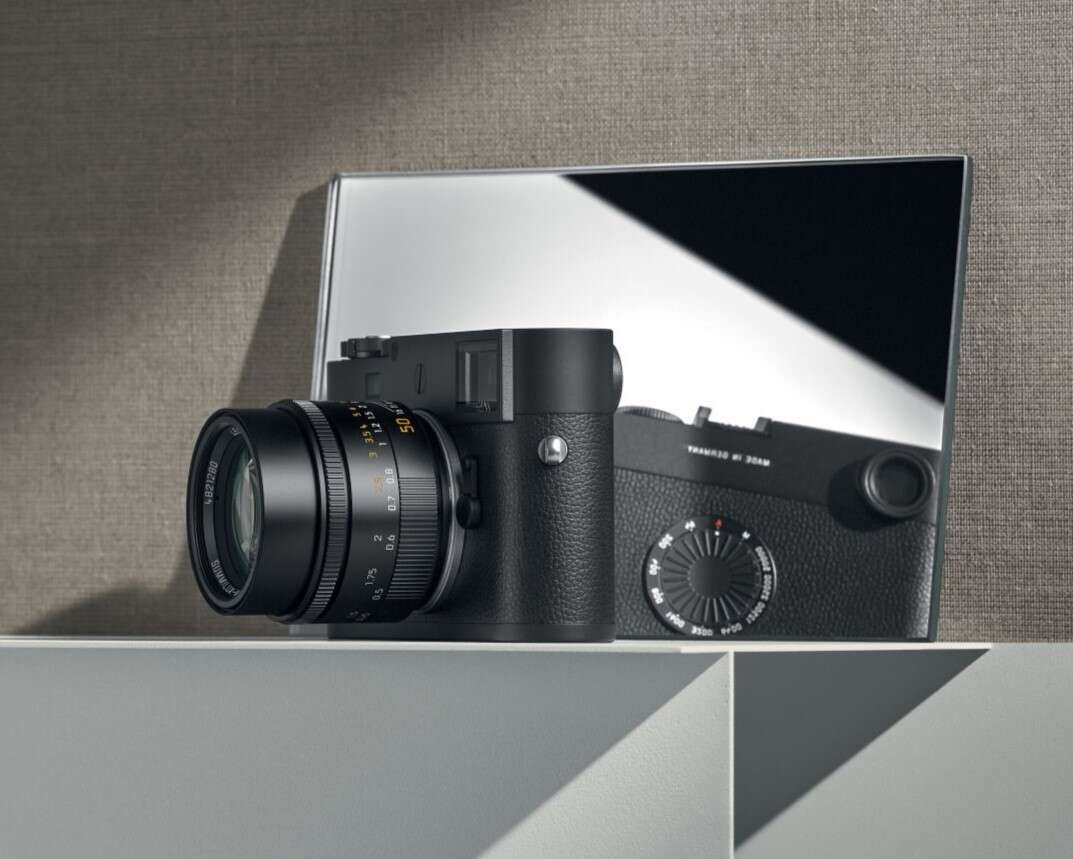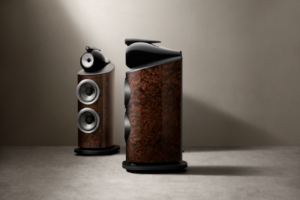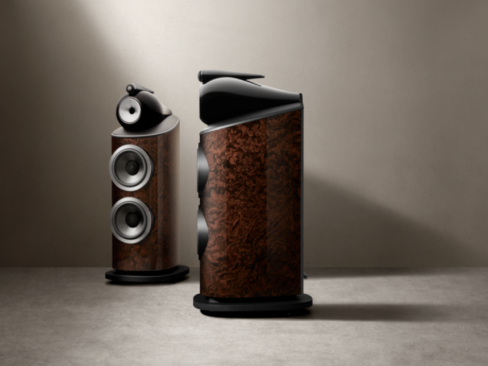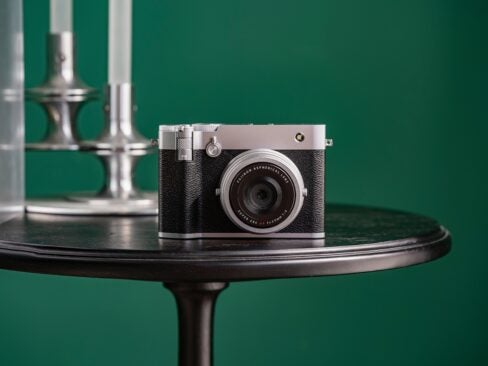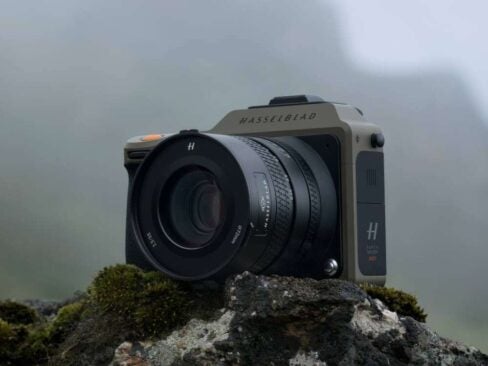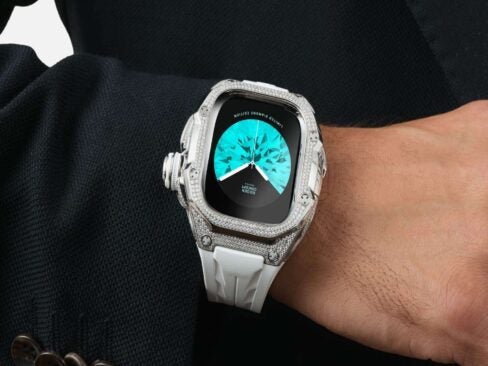German camera manufacturer Leica — known for building some of the finest camera systems in the world — has just unveiled the latest iteration of its flagship M11 camera, the M11-D. But this is no replacement for the much-loved M-11; instead, the Leica M11-D is more of a sidestep.
This alternative version takes everything that makes the M11 brilliant and removes the screen, achieving a shooting experience that’s about as close to analog as you can get. Is the Leica M11-D going to be the right choice for most people? No, absolutely not. But for a select few, who are looking for a camera that distills photography to its simple form – without compromising looks, image and build quality – it’s an esteemed choice.
Unlike other technology categories (phones, TVs, computers) cameras tend to progress at a much slower rate. While a new phone is released each year, touting game-changing must-have features, cameras spend considerably more time in the oven. The Leica M10 was introduced in 2017 and replaced five years later by the M11 in 2022.
In the meantime, Leica releases iterations that tweak the formula, offering versions that may suit some photographers more, and others less. Perhaps the most obvious of these are its monochrome cameras which only shoot in black and white. A painful constraint for many, but for the select few purists who relish B&W photography, it’s a thing of beauty.
[See also: Bang & Olufsen Reveals $1,549 Headphones: Beoplay H100]
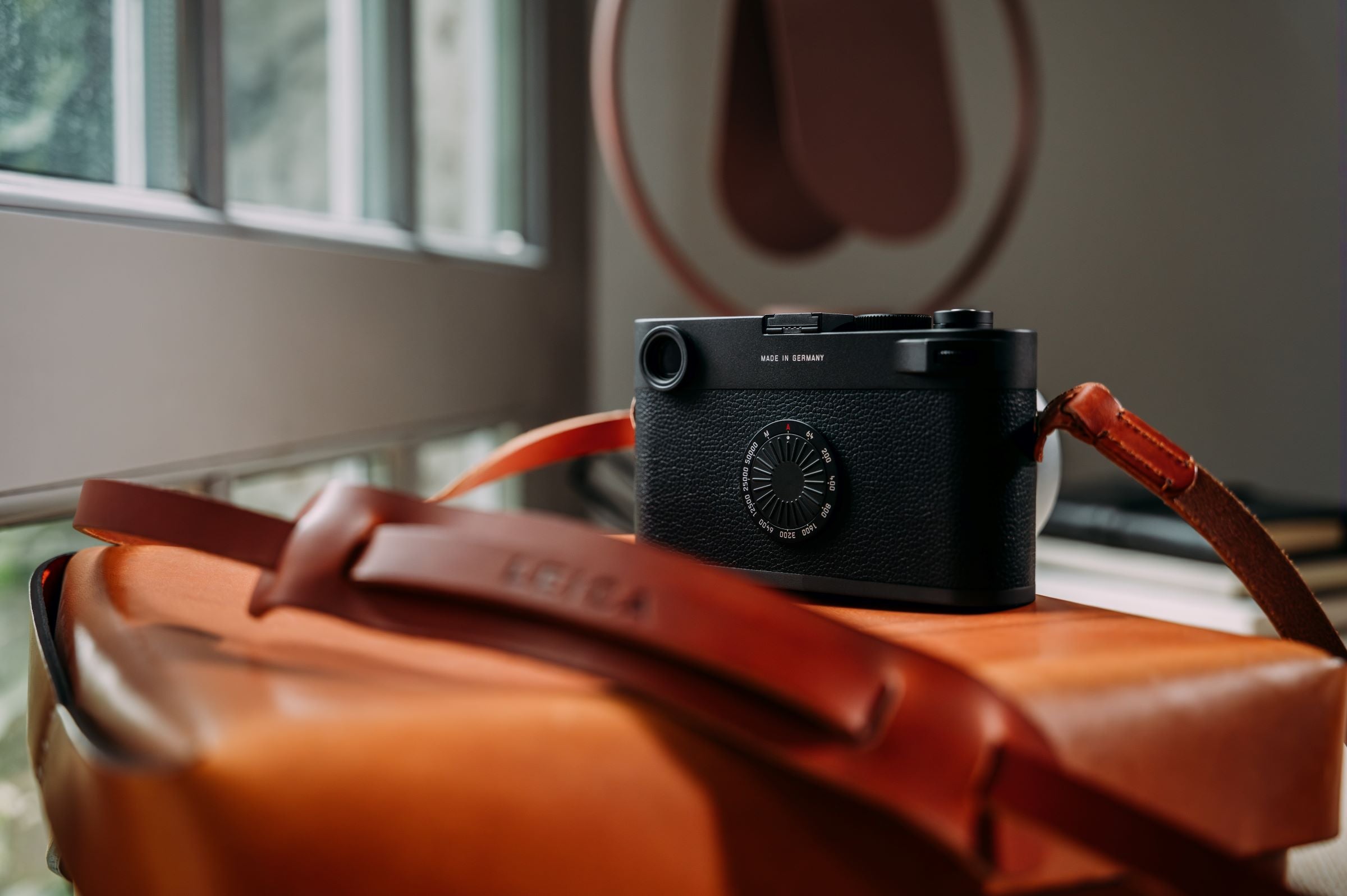
The new Leica M11-D follows a similar path, entirely removing the screen. For the vast majority, a complete downgrade: a digital camera that can’t show you the image as soon as it’s been taken. However, for a small minority, this is close to perfection. Once the screen is removed, using the Leica M11-D, becomes a matter of changing the shutter speed, aperture and ISO – the three pillars of photography.
This newfound simplicity allows the photographer to focus on what matters: focus, composition and light.
Everything else about the M11-D remains the same. Inside it utilizes Leica’s 60MP full-frame sensor with Triple Resolution Technology. It also touts Leica’s groundbreaking hardware-based Content Credentials technology, first introduced in the M11-P, which protects the authenticity of images. At a time when AI image technology is now widely available, it’s likely that image authenticity will play a major part in the future of photography.
[See also: Leica Unveils Refreshed Compact Camera: the Leica D-Lux 8]
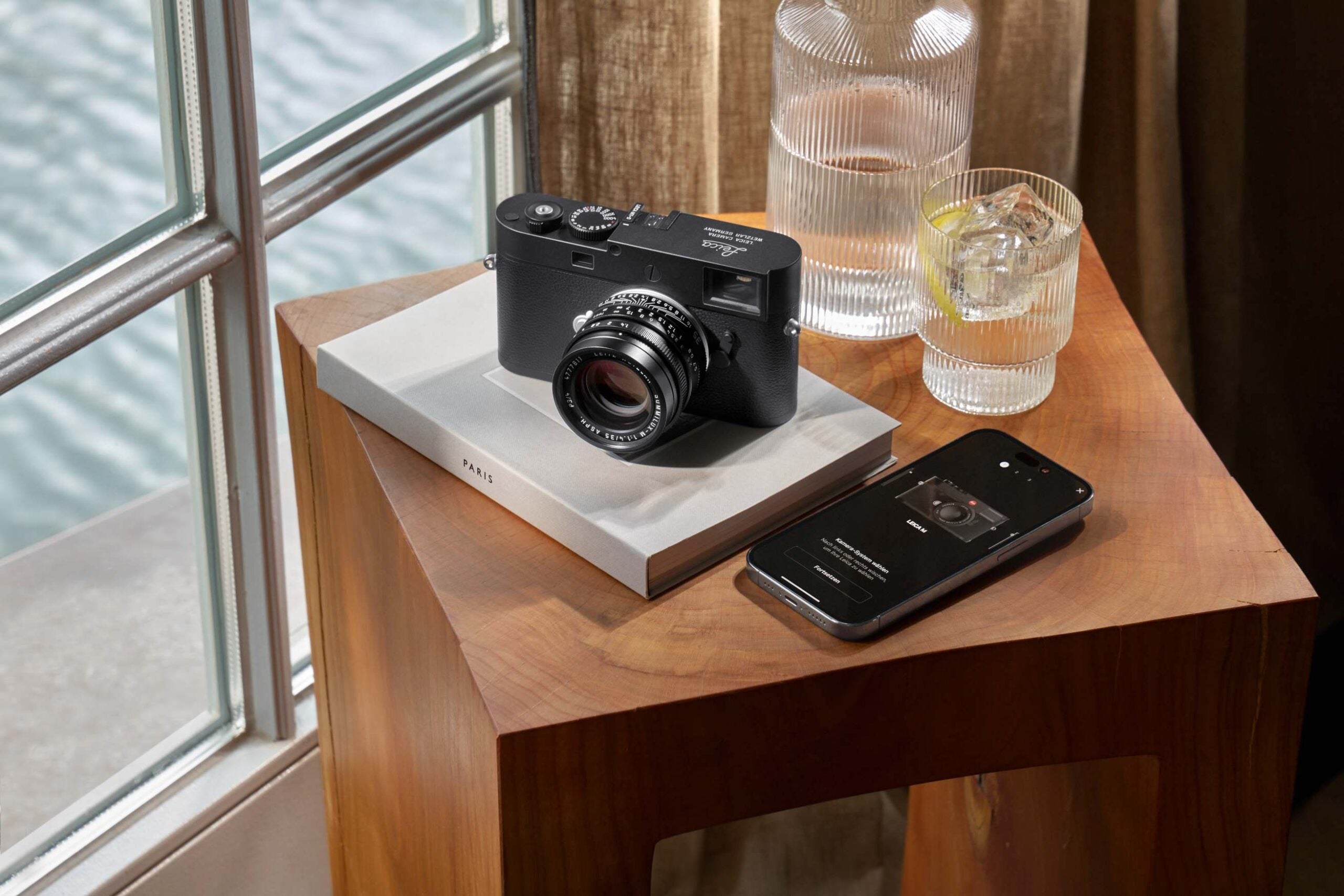
The body of the M11-D remains almost exactly the same. Leica has removed its iconic red dot logo, leaning into the understated aspects of this camera, and of course, there is no screen. Replacing the screen is a simple ISO dial, harking back to the days of film photography where photographers often noted the ISO of the film inside the camera on the back.
The camera can also be connected to a phone utilizing the Leica FOTOS app, so if you absolutely must see that great photo you just took or simply want to confirm you are using the right settings, you can always just check your phone. Other settings, which are not attributed to a physical button on the camera, such as deciding between JPEG or DNG file formats, can also be altered via this app.
For most people, the Leica M11-D will be absolutely the wrong choice. We take screens for granted, but once they are removed it can become plainly obvious how much we rely on them. Not knowing if the photo you just took is correctly exposed can make photography a real challenge, which may mean professionals steer clear of this one.
However, for the few enthusiasts who relish simplicity, are looking for an analog experience that maintains 95% of the benefits of digital and are not scared by the $9,395 price tag, the new Leica M11-D certainly ticks the boxes.
[See also: Leica Camera Opens Flagship Store in New York City]





